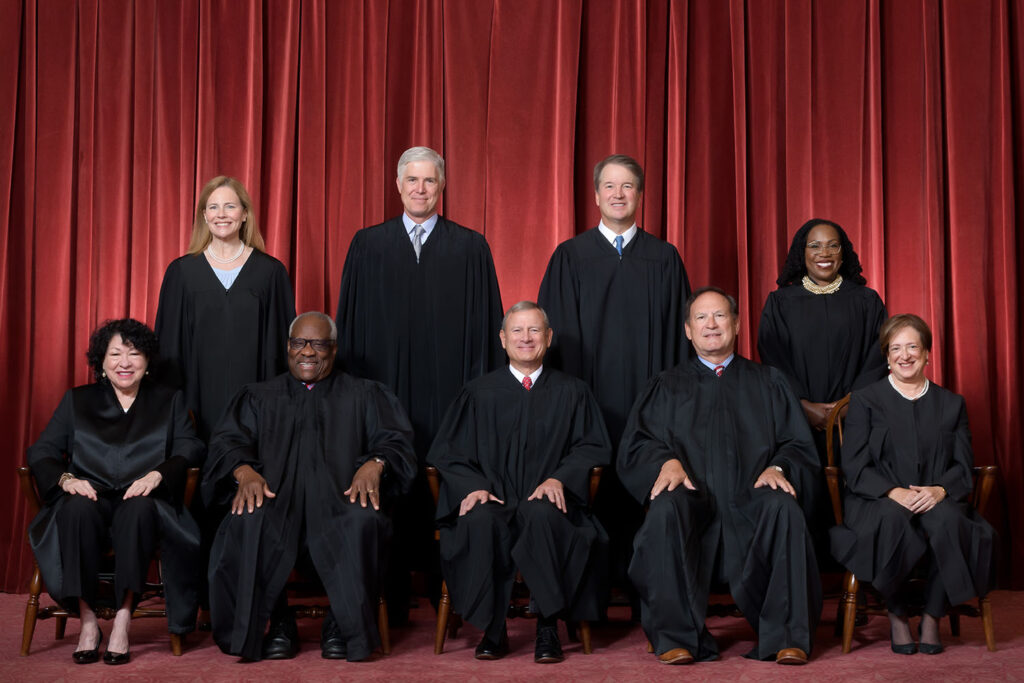Why Hire a Federal Crime Attorney: Protect Your Civil Liberties with Specialist Legal Assistance
Why Hire a Federal Crime Attorney: Protect Your Civil Liberties with Specialist Legal Assistance
Blog Article
Debunking the Refine of Federal Appeals: What You Required to Know
Navigating the detailed realm of government allures can often look like traversing uncharted waters for those not familiar with the process. Recognizing the nuances of appellate court territory, the details of filing a notice of charm, providing an engaging short, and making a convincing oral argument are vital components that can significantly impact the end result of an instance. By untangling the layers of intricacy bordering federal appeals, people can gain a clearer insight into the devices that control this important phase of the legal system.
Understanding Federal Appeals Refine
Diving into the elaborate realm of the government charms process unveils a organized and systematic trip with the judicial system - arkansas federal appeal lawyers. Federal appeals work as a crucial system for assessing decisions made by reduced courts. Understanding this process is crucial for anybody associated with legal procedures at the government level
The process normally begins with a celebration disappointed with a reduced court's ruling filing a notification of allure. This sets off an evaluation by a greater court, where a panel of judges evaluates the lawful debates presented by both events. Briefs describing the lawful thinking behind each party's position are submitted, and dental debates might be heard to clarify complicated problems.
The appellate court's choice is based on a complete assessment of the reduced court's process and the arguments presented. The judges do not reconsider truths yet concentrate on whether legal errors occurred that influenced the reduced court's choice. Once the appellate court reaches a decision, it can affirm, reverse, remand, or change the lower court's ruling, providing clarity and finality to the legal dispute. Comprehending this process is important for navigating the complexities of federal appeals effectively.
Appellate Court Jurisdiction Explained

Appellate courts have territory over details types of cases, generally those including legal errors, procedural problems, or concerns of legislation instead of valid disagreements. The territory of appellate courts is usually outlined in statutes and regulations that control the court system. Understanding appellate court territory is important for celebrations associated with the charms process as it figures out whether a situation is eligible for evaluation and the level to which the appellate court can intervene in the reduced court's choice.
Declaring a Notification of Charm
The preliminary action in commencing the government allures procedure includes filing a Notice of Charm with the proper appellate court. federal appeals lawyers in seattle washington. This vital file formally alerts the court and the other events entailed in the situation that the appealing event means to look for an evaluation of the reduced court's decision. Submitting a Notice of Charm is a strict procedural need that sets the appellate procedure in motion
When preparing the Notification of Allure, it is important to ensure compliance with the details guidelines and standards of the relevant appellate court. The paper has to usually consist of information such as the situation name, the reduced court's name, the date of the judgment being appealed, and a concise declaration indicating the grounds for the charm.
Timeliness is of the essence when filing a Notification of Allure. Missing the due date for sending this record can result in the charm being rejected, emphasizing the importance of timely and precise initiation of the appeals process. It is a good idea to look for lawful advice to navigate the complexities of filing a Notice of Charm successfully.
Instruction and Dental Argument
In the appellate process, presenting composed briefs and participating in dental arguments play critical functions in supporting for the appealing event's placement prior to the appellate court. Briefs are comprehensive legal documents that outline the parties' arguments, legal authorities, and analysis supporting their positions. These written submissions offer the court with a comprehensive understanding of the truths of the situation, the appropriate legislation, and why the appealing celebration believes the lower court's decision should be rescinded.
Adhering to the submission and evaluation of the briefs, oral arguments provide the parties an opportunity to more clarify their placements, resolve any kind of concerns the appellate judges may have, and highlight bottom lines from their composed briefs. Dental disagreements are a possibility for the lawyers to persuade the courts via spoken campaigning for and responses to inquiries from the bench.

Obtaining the Appellate Court Decision

Conclusion
In verdict, the federal appeals procedure is a complex yet important action in looking for justice. Understanding the appellate court territory, filing a notification of appeal, preparing briefs, and offering oral debates are all vital elements of this procedure. Ultimately, getting the appellate court decision can give clearness and resolution to lawful disputes. It is vital to navigate the government appeals procedure with persistance and interest to information to achieve a reasonable outcome.
As we progress from comprehending the government appeals process to exploring the intricacies of appellate court jurisdiction, an essential facet comes to light concerning the authority and limitations of these greater courts in the lawful landscape. Appellate court jurisdiction refers to the range of situations that a certain appellate court has the power to evaluate and make a decision upon. Unlike trial courts that hear situations for the initial time, appellate courts are limited to reviewing decisions made by reduced courts. Recognizing appellate court territory is crucial for parties included in the charms procedure as it establishes whether an instance is eligible for review and the extent to which the appellate court can intervene in the lower court's decision.
Whether the appellate court verifies, reverses, or remands the lower court's decision, comprehending the effects of the judgment is critical for all events entailed in the appellate procedure.
Report this page